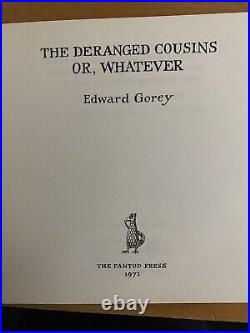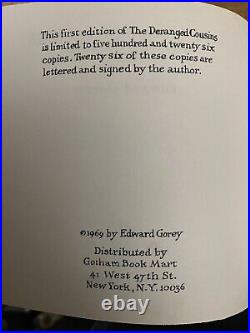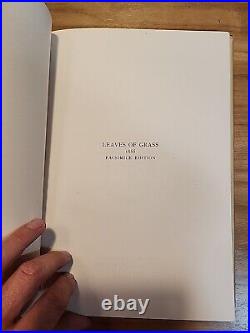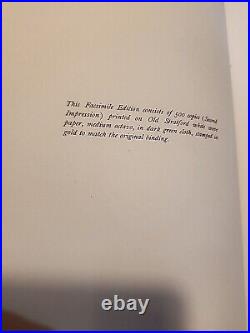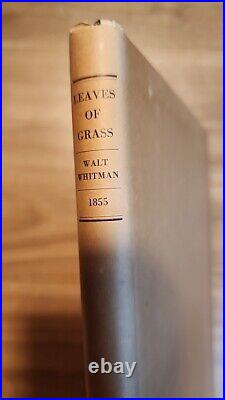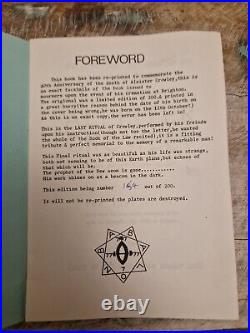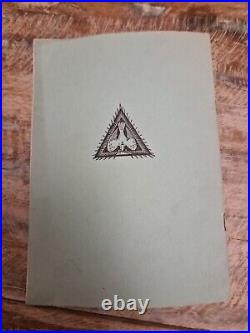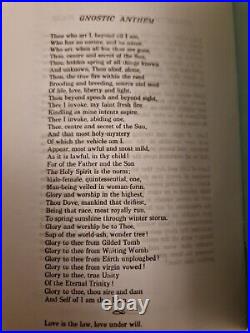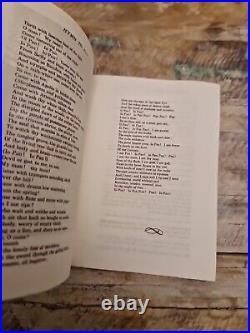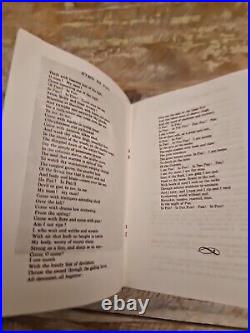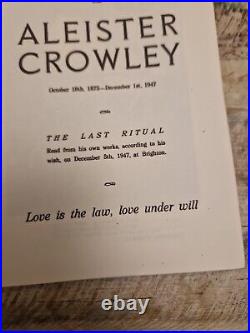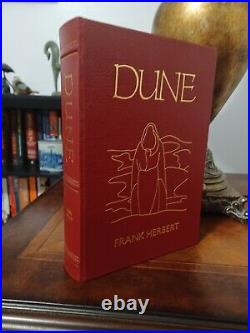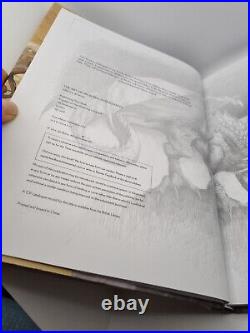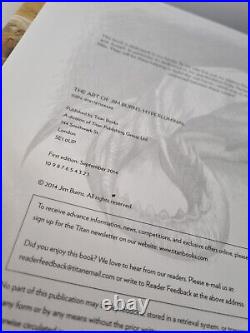
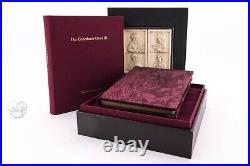




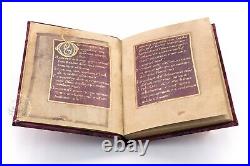

THE ROYAL PRAYER BOOK FOR OTTO III – Limited Edition Facsimile. Published by Faksimile Verlag, Luzern, 2008. Full-size colour reproduction of the entire original document (Clm 30111, Bavarian State Library, Munich), the facsimile attempts to replicate the look-and-feel and physical features of the original, pages are trimmed according to the original format. As the original binding has been lost, the facsimile volume was modelled on a Byzantine silken binding that imitates the binding of the Ottonian Abba Codex. Both the facsimile and the commentary volume are presented in a noble leather case with a bas relief inset replica of two Byzantine ivory plates from the Aachen Cathedral Treasury. The two decorative plates were first part of a foldable altarpiece and were later integrated in a book cover. The scholarly commentary to the facsimile (in German with English summaries) is by Hermann Hauke and Elisabeth Klemm and provides a description and interpretation of the manuscript. Limited edition of 980 copies (this copy being number 754). 88 pages, 5 full-page miniatures with gold leaf and 25 multi-line gold initials as well as numerous small initials. Each page written in gold on a purple background. Facsimile size – 150 x 120 mm. About the original Manuscript. Today kept in the Bayerische Staatsbibliothek of Munich, the Royal Prayer Book for Otto III is a historic and cultural monument of the highest order: a private prayer book made for a king of the early Middle Ages and an extremely rare and precious item. This gem was produced with the luxury worthy of a king, as a codex aureus: its 44 leaves in the format 15 x 12 cm are made of the finest vellum and entirely written in gold on purple ground. Precious gold was also used for the 25 golden initials that extend over several lines and for the countless small initials at the beginning of each sentence. The five full-page miniatures made by the artist of the royal prayer book are an impressive feature. These gold-framed images provide a deep insight into the Ottonian emperors’ concept of rulership. The recipient of the manuscript is depicted in no less than three of them. The images were created with the intention of making the young ruler – Otto was less than twelve years old when the book was given to him – familiar with the high ideals of his rulership in reference to Christ. The Royal Prayer Book for Otto III was made in the years between the crowning of the three-year-old Otto in 983 and the death of his mother, the Byzantine princess Theophanu, in 991. Its character as a kind of princely mirror suggests that it was either made on the behest of Theophanu who ordered the manuscript for her son, or on that of Archbishop Willigis of Mainz, her loyal adviser. Thus it must have been either Theophanu or Willigis who selected the texts to show Otto which behaviors were expected from a Christian king. At eleven years of age, Otto advanced to the throne himself. During a campaign in Italy, he enthroned his cousin Brun as Pope Gregory V who then crowned him emperor in 997 in Rome.

